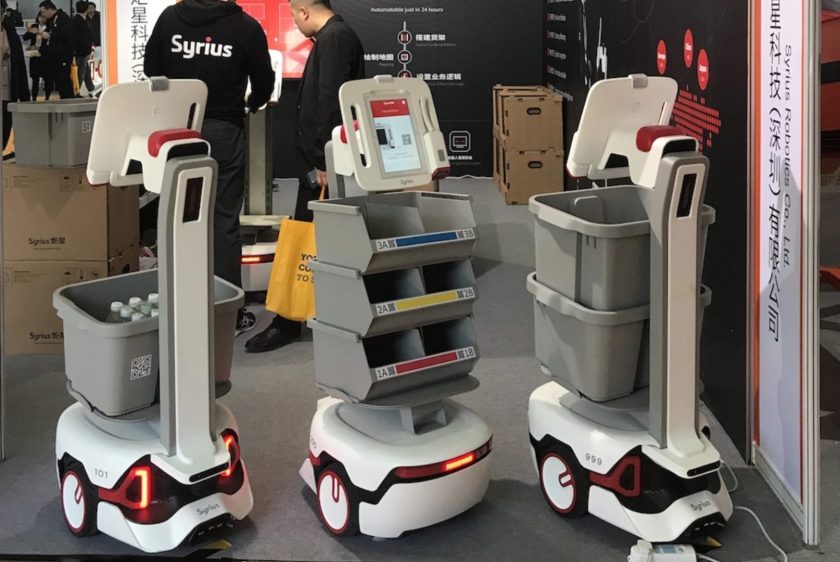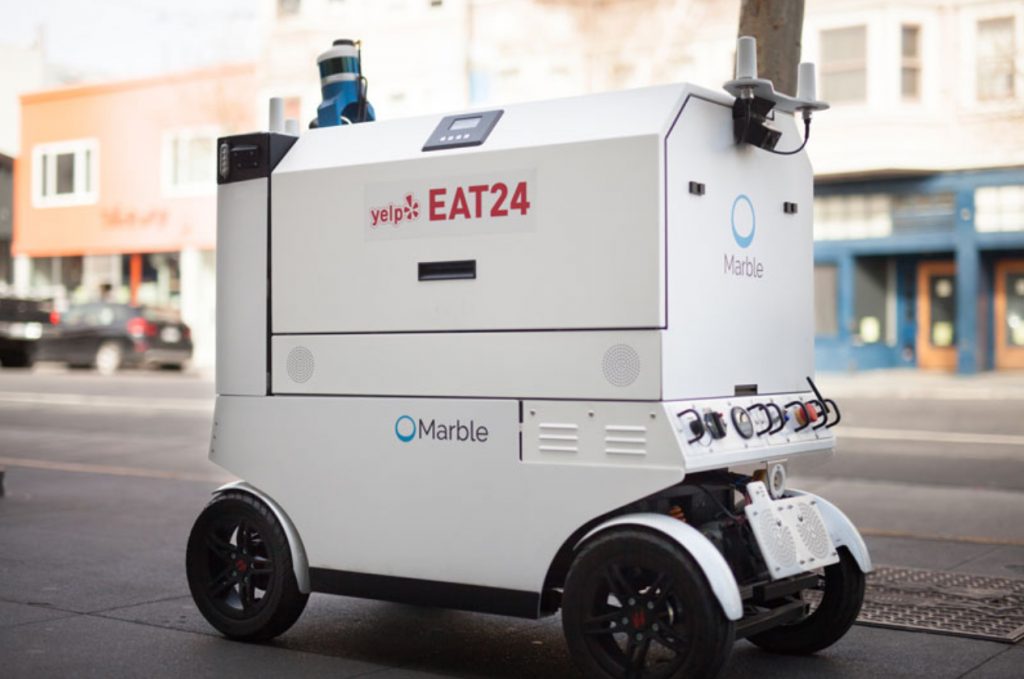TechInAfrica – In the modern day, robotic automation technology has changed the manufacturing industry. As a matter of fact, technology has evolved from time to time and artificial intelligence will eventually revolutionize the sector of industry. So, if we compare the robotic systems in the past to the current ones, it is definitely quite different and it will also change in the future as it is evolving.
Today’s robotic technology is more advanced in terms of performance. It makes the complicated task become simpler and more efficient. For you who do not know, here are top robotic trends that we can see today:
- Collaborative Robots (Cobots)
Collaborative Robots or Cobots are designed to work with humans in a shared workplace for production purposes. It is utilized to predict probable collision between the cobot and the human operators. They have sensors to determine the operator’s location to prevent injury. They have a high sense of their environment to detect an imminent collision with humans and other objects.

- Logistics Robots
Logistics robots or you can also say mobile robots are often used to carry goods and deliver to the other areas or to a packing area (some of them even have the ability to pick and pack goods too). It is usually operated in the distribution centers, campuses, ports, or warehouses.
They are designed to have sensors for mapping, localization, and collision prevention. Most of them have a control unit inside them which includes wireless communication to the primary remote control unit.
Today’s logistic robots have advanced technologies including machine learning logic, environmental analysis technologies, and human-machine collaboration.

- Last-Mile Robotics
Last-mile robotics are already available in the market and often used for last-mile deliveries. There are two types of it: drone and ground-based (autonomous trucks). Unlike the regular shipping trucks, it is less expensive and less time-consuming. It has the capability to improve processes, enhance efficiency, and reduce operation and labor costs.
The last-mile robotics are predicted to be vastly used and normalized in the delivery process in the next five to ten years.

Source: htxt.co.za


